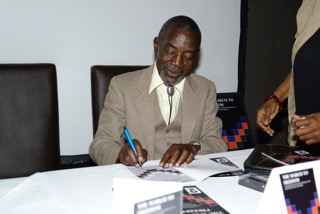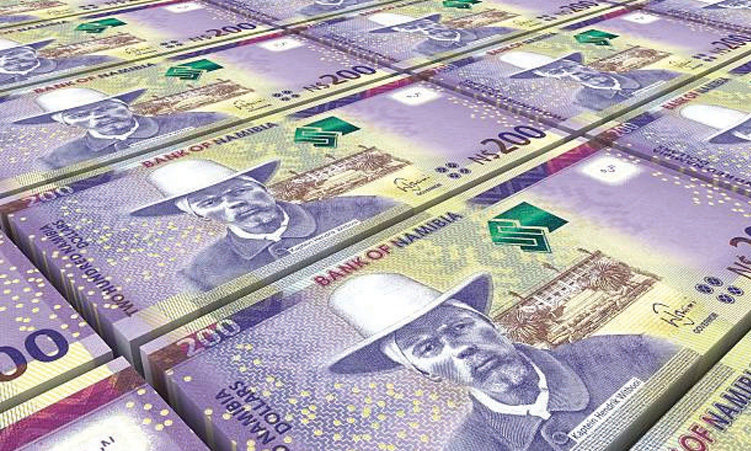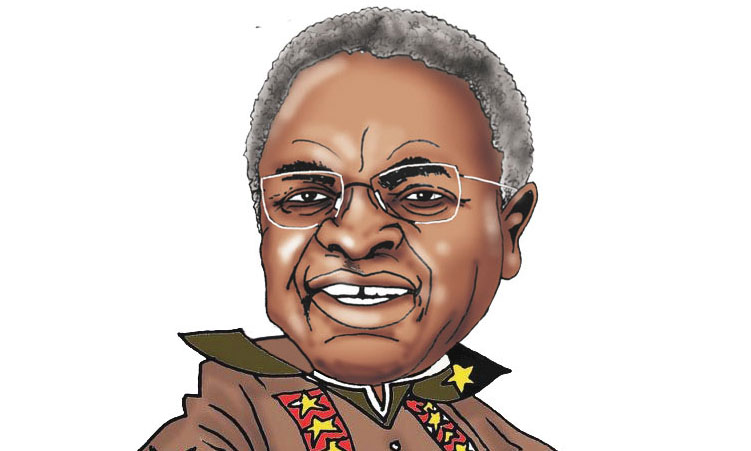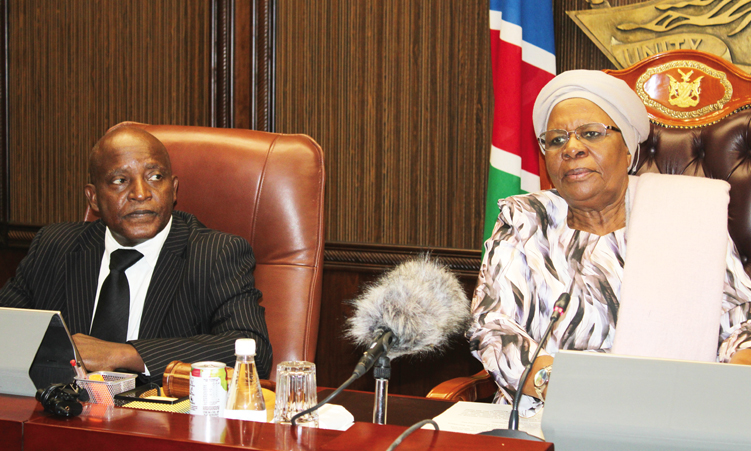This is the simplest and clearest but the angriest autobiography I have ever read about Namibia’s struggle for independence, written by one of its earliest cadres.
Published in 2015 by Kalilo Melchizedek Kambo, reading ‘The March to Freedom’ is life feeling immense pain from a very small wound.
Kahima Vimbulukeni Embumbulu was born in 1943 in the Omusati region but grew up living with an aunt. After his father’s death, he was sent to a cattle post at Ongandjera where he stayed until 1959 when Swapo was formed and he became one of the first people to be active.
The first punishment meted on him and his comrades for attending Swapo meetings in 1963 was an order by the school to bring 80 poles from 10 kilometres for the building of a reverend’s house.
Between 1964/65, Embumbulu fled the country with five others for Botswana. One of the people he fled with is Simon Ndeikwila whose autobiography, ‘The Agony of Truth’, was published in 2014.
Just like in Ndeikwila’s autobiography, Embumbulu took the Wenela route to reach Botswana that was still under British rule.
From Botswana, he proceeded to Zambia in 1966. Here the author talks about the desire and the frustrations those waiting for training went through. This was also the time when the war was officially declared and Omugulugwombashe flared out to mark the beginning of Namibia’s armed struggle.
He also talks about internal squabbles such as when a group trained in China refused to go to the frontline, demanding the removal of an alleged South African spy known by the name Kastroli, Tobias Hainyeko’s successor. Hainyeko had been killed while crossing into Namibia in 1967.
Embumbulu was shunted from one capital to another, taking up Swapo duties. He was in Belgrade, Yugoslavia in 1969; back to Zambia and then Angola where he was supposed to help open a school at Jamba but could not do so after a vehicle driven by Charles Namoloh hit a land mine. Embumbulu sustained a broken leg.
Although part of the book is about Embumbulu’s ups and downs in the name of Namibia’s struggle, his unhappiness and disillusionment outweigh the joys of having fought to liberate the country.
One good example is the incident when he was called to Luanda from Cairo while President Sam Nujoma was travelling to Cairo. When he arrived in Luanda, he was asked why he had come when Nujoma was in Cairo.
“I appeared to them like a fool. It became clear that some forces within Swapo did not want the president to see me. This was embarrassing for both myself and the Swapo president,” he writes on page 15.
He also touches on the killings of PLAN fighters while the United Nations peacekeeping force was in Namibia in April 1989. He blames miscommunication between the UN and Swapo’s information department.
“After Namibia got its independence… it became obvious that there were anti-Swapo members within Swapo as a liberation movement and later as a party. This has been further emphasised by the creation of many new parties by some former members of Swapo,” he also writes. (p16)
He does not end there: “At the time the Namibian liberation struggle was waged, all the fighters thought that when independence was achieved, everybody would live a luxurious life. Many people including myself thought that land and the economic system would all belong to the state and be fairly distributed to the landless and poor black Namibians.”
In the short book, Embumbulu manages to crunch various issues – the youth, capitalist managers hijacking the revolution, Africa’s tears as symbolised by former Zambian president Kenneth Kaunda’s sobbing as well as his own frustrations.
Stay informed with The Namibian – your source for credible journalism. Get in-depth reporting and opinions for
only N$85 a month. Invest in journalism, invest in democracy –
Subscribe Now!










